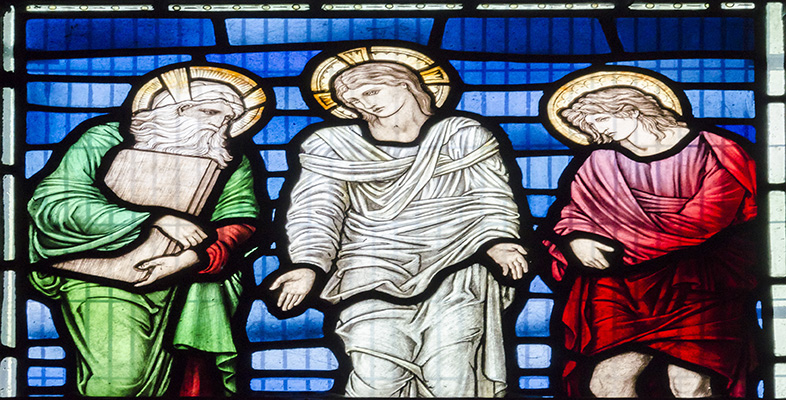Arguments from ‘The way the world is’
We now turn to arguments from ‘The way the world is’. In the table ‘Better arguments for and against God’s existence’, arguments for God’s existence are collected together in this general form:
- (7) The way the world is shows that there is a God.
However, under the general heading of (7), there are a number of different kinds of argument for God’s existence that are worth distinguishing. When you think about (7), you may be able to pick out some of them. After all, there are lots of ‘ways the world is’ – so lots of arguments can be created by thinking about different ways.
One important ‘way the world is’ is this: the world seems to be designed. That is, the world has lots of features that look as if they are intentionally made to bring about particular good results. One of the most important arguments for God’s existence homes in on just this feature of the world. In very simple outline, it runs like this:
- (7a) The detail of the world’s design shows that there is a God.
This is the classic argument from design. It is sometimes also called the argument for design, or teleological argument (from ‘teleology’, the study of design or purpose in nature).
Another ‘way the world is’ is this: it exists! Many theists have argued:
- (7b) The fact that the world exists shows that there is a God.
This argument arises from the classic question ‘Why is there something rather than nothing?’ It can seem amazing – perhaps it should seem amazing – to us that there even is a world. The mere fact of the world’s existence can look like it needs explaining. And it can look like the most natural explanation of the fact that the world exists is that God made it: ‘How can there be a creation unless there was a creator?’ This argument is what philosophers sometimes call the cosmological argument (from ‘cosmology’, the study of the origins of the universe). We won’t discuss (7a) or (7b) any further here, but you should keep them in mind as a contrast to (7c).
A further ‘way the world is’ is that it contains orders of causes. Some theists have focused on this third feature of the world and argued:
- (7c) The existence of orders of causes in the world shows that there is a God.
Orders of causes are chains of events where one thing brings about another, and that in turn brings about something else. For example: a rock falls and starts a mudslide, and the mudslide blocks a river, and the blocked river creates a flood, and the flood makes the organisers of the village fete think, ‘We’d better cancel’, and that thought makes them cancel the village fete. We shall examine a version of this argument further in the next section.
